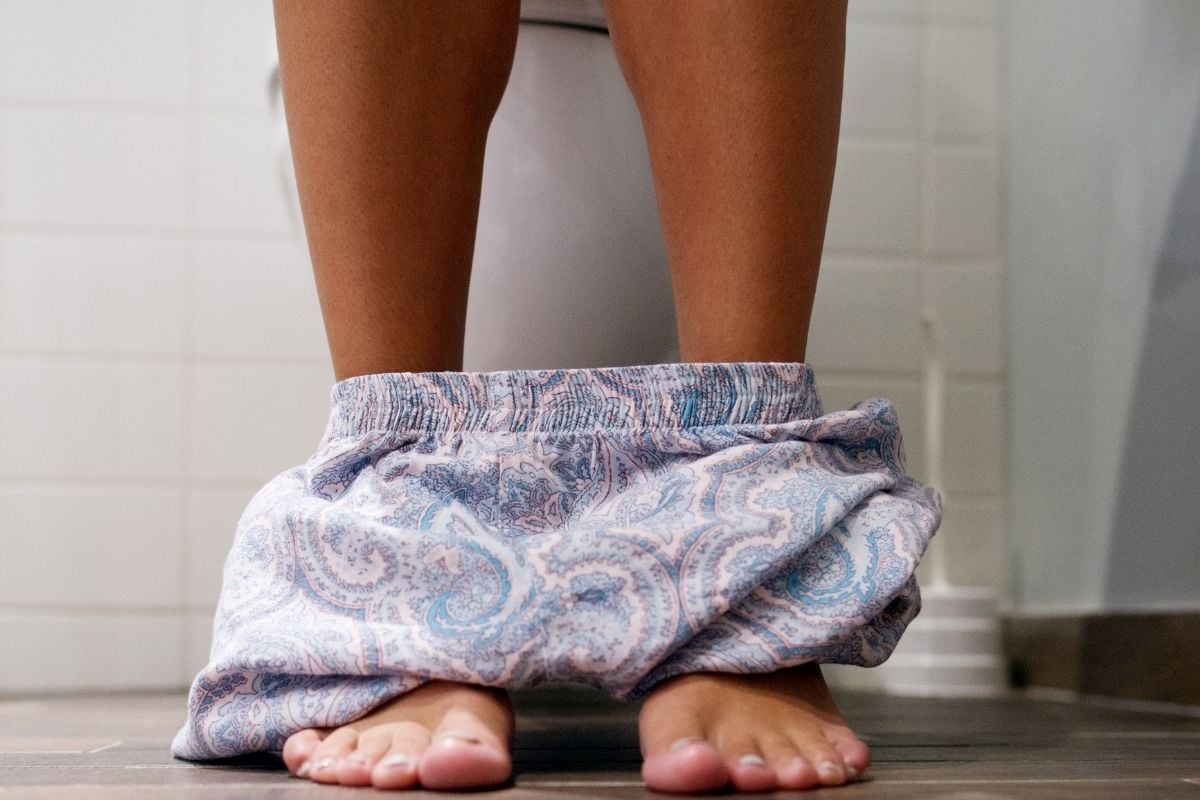
So, you've got the whole tampon thing down pat, huh? You pop it in, wait a few hours, do the old switcheroo and pop in a fresh one. Easy as pie. Right?
Well, we hate to be the bearer of bad news (particularly this year), but it turns out there are actually a whole lotta different ways you could be using your tampons wrong. In fact, you'll probably learn a thing or two below (we sure did), because we hit up the President of the National Association of Specialist Obstetricians & Gynaecologists (NASOG), Associate Professor Gino Pecoraro and asked him EVERYTHING.
Watch: For your own enjoyment, please watch these men explain tampons. Post continues below.
So grab your tampons and let's go!
1. You're inserting your tampon wrong.
Alright, let's start with the basics. Because let's face it - most of us learnt how to insert a tampon by reading the tiny leaflet inside the box. "Learning to use or insert a tampon can be a bit of a rite of passage for a girl and sometimes, instructions in the pack just don’t cut it," said Prof Pecoraro.
Truth.
Listen to Mamamia's podcast for your face, You Beauty, where we talk about period skincare. Post continues below.


Top Comments